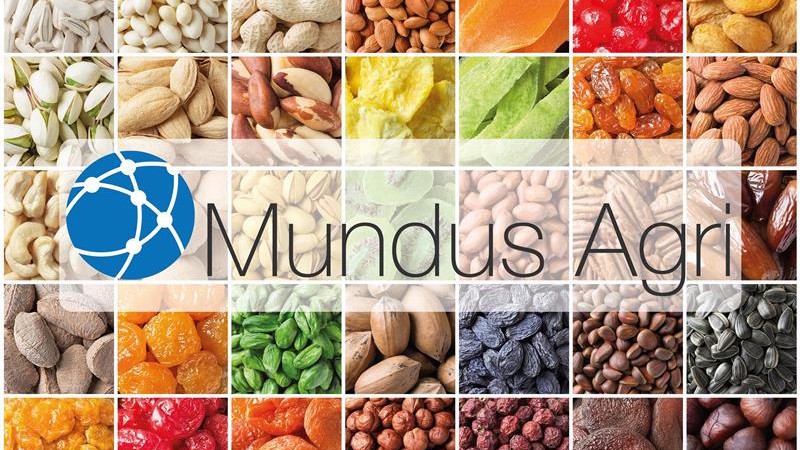Corn: India is hit by plague of locusts
May 27, 2020 at 2:58 PM ,
Der AUDITOR

In Chicago, US corn was trading at USD 3.20 per bushel at noon, unchanged from yesterday. In Paris, the front-end date fell marginally to EUR 167.25 per metric tonne. In the USA the focus was on the Crop Progress Report and the Export Inspection. The US corn sowing was 88% complete, slightly below trade expectations, but 6% above the four-year average. The weekly export inspection remained 7.7% below last week at 1,091,972 metric tonnes. White House adviser Larry Kudlow said that US President Donald Trump was so angry with Beijing over the spread of the coronavirus and other issues that the trade agreement between the US and China would have lost its importance. Allegedly the US government supports the withdrawal of US companies in Hong Kong and China back to the US. Ukraine's export policy came under criticism, with Vice Minister of Economy Taras Vysotskiy stating that wheat exports would continue in the current season despite an export quota of 20.2 million metric tonnes of wheat, which would call into question the reliability of the Ukrainian government. Against this background, trade is now also raising a big question mark over crop estimates from the Ukraine.
|
Corn, daily price development |
||
|
Parity |
EUR/mt |
Diff. EUR/mt |
|
Bordeaux, FOB |
162.00 |
-2.00 |
|
Netherlands, CIF |
182.00 |
0.00 |
|
Oldenburg, DDP |
190.00 |
0.00 |
|
Brake, FOT |
182.00 |
0.00 |
|
Lower Rhine Region, DDP |
182.00 |
0.00 |
|
Upper Rhine Region, FOB |
182.00 |
0.00 |
|
Trade sources |
||
Abundant corn supplies in France and on the Black Sea
In India, farmers have to deal with cyclone Amphan and an incipient plague of locusts. Experts warn of significant crop losses if the authorities cannot contain the rapidly spreading swarms until June, when monsoon rains will limit the sowing of rice, sugar cane, corn, cotton and soybeans. According to government authorities, the plague has now spread to seven Indian states, and Beijing had come to the aid of 1 million muscovy ducks to prevent it from spreading to China. In France, the corn market came under slight pressure due to higher rainfall south of Paris. Corn cultivation also benefited from precipitation in southern Germany, Poland, Romania and on the Black Sea. From this, the trade concluded that there would be good corn crops in Western and Eastern Europe, which should put the corn market under pressure in October at the latest. The Safrinha corn crop from Brazil will be coming onto the market from the beginning of June. The corn market could be supported by rising crude oil prices, but the corn supply remains abundant in Europe as well. To that extent, the price of corn from the old crop should remain stable for the time being.





